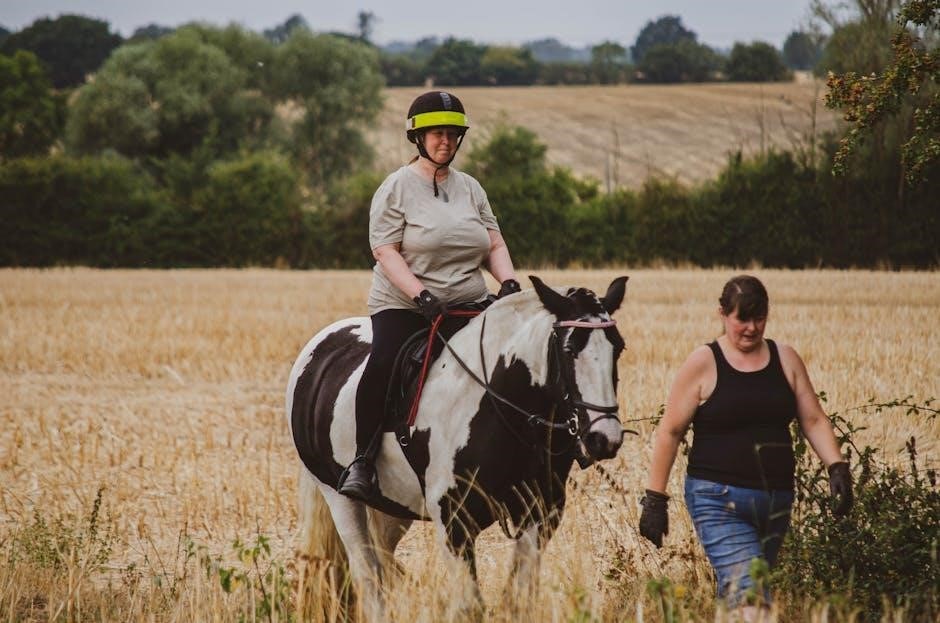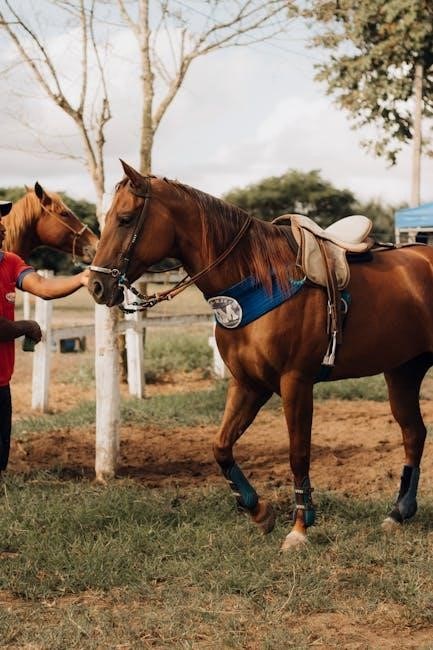A field guide is a book with pictures and descriptions that help you identify the plants and animals you find outside. Explore your yard or a nearby natural area and discover the wonders of the natural world with the help of a field guide.

Types of Field Guides
Field guides can be categorized into different types based on the subject matter they cover. Some examples include:
- Mammal Field Guides: These guides help you identify different species of mammals‚ such as deer‚ rabbits‚ and squirrels.
- Insect Field Guides: These guides help you identify different species of insects‚ such as butterflies‚ bees‚ and ants.
- Plant Field Guides: These guides help you identify different species of plants‚ such as trees‚ flowers‚ and grasses.
- Herp Field Guides: These guides help you identify different species of reptiles and amphibians‚ such as snakes‚ lizards‚ and frogs.
Examples of Field Guides for Specific Regions

Field guides can also be specific to certain regions or areas. For example:
- Northeast US Field Guides: These guides help you identify the plants and animals found in the Northeast region of the United States.
- Desert Field Guides: These guides help you identify the plants and animals found in desert regions‚ such as cacti and rattlesnakes.
- Mountain Field Guides: These guides help you identify the plants and animals found in mountain regions‚ such as coniferous trees and mountain goats.
Online Field Guides
In addition to printed field guides‚ there are also many online resources available. These can include:
- Online Databases: Many organizations‚ such as the National Audubon Society‚ offer online databases that allow you to search for and identify different species.
- Mobile Apps: There are many mobile apps available that can help you identify plants and animals‚ such as iNaturalist and Leafsnap.
- Websites: Many websites‚ such as the USDA Plant Database‚ offer information and resources for identifying plants and animals.

Creating Your Own Field Guide
You can also create your own field guide by observing and recording the plants and animals in your area. This can be a fun and educational project that helps you connect with the natural world.

Some tips for creating your own field guide include:
- Start with observation: Take note of the plants and animals you see in your area and try to identify them.
- Take photos and notes: Record your observations with photos and notes to help you remember what you’ve seen.
- Research and verify: Research the plants and animals you’ve observed to verify their identities and learn more about them.
By using field guides‚ you can gain a deeper understanding and appreciation of the natural world. Whether you’re a beginner or an experienced naturalist‚ field guides can help you identify and learn about the plants and animals that surround us.